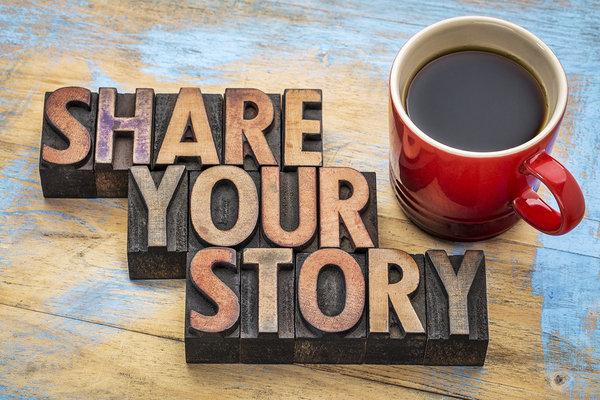
People have used storytelling as a learning tool since the beginning of recorded history (at least). Before there were printed textbooks and computers and terrabytes of data about different learning styles, storytellers shared oral history with townspeople and passed down information from generation to generation.
Storytelling is still a valuable tool today, and although it it sometimes forgotten in the midst of all the other teaching methods available, it is still highly effective for many reasons.
Why Storytelling is Effective
The main reason storytelling remains an effective technique in today’s learning environments is that it’s engaging and entertaining. It’s just plain more interesting to listen to a teacher telling a story than it is to hear one giving dry information that you are expected to learn and process.
The reason storytelling is engaging is that it gets people’s emotions involved in the learning process. When emotions are involved, it’s easier to remember what was taught. You may not remember disembodied facts, but you may remember facts that were part of an interesting story because your mind and heart were both engaged.
Storytelling gives meaning to otherwise seemingly irrelevant data. It gives the learner a reason to learn, helps put the data into context and gives learners a real life reason to learn facts and information.
The Components of Storytelling
There are several components of storytelling that also help to explain its educational value. Storytelling is all of the following:
–Concretizing. Telling a story brings information out of the abstract realm and makes it concrete by linking it to concrete and tangible examples. Concrete examples help learners visualize information and how it will play out in the real world, as well as giving them a framework for applying the information to an actual situation in life.
–Assimilating. If learners can’t take new information and integrate it with existing information, the new information is more difficult for them to understand and process, and they are not as likely to retain it. In education theory this process is called scaffolding, which is like building new layers of learning on top of existing information.
–Structurizing. Storytelling helps learners structure information in their minds so that it makes sense to them and they can then apply it to their world. Structurizing is especially important in helping students make connections between new concepts they learn in the classroom and other situations they have experienced previously.
These components are often taught as beneficial for any teacher to incorporate into their lessons, and storytelling makes them even stronger and more compelling.

Incorporating Storytelling Into Teaching Situations
Stories can appear in educational lessons in a variety of ways including narratives, case studies, life histories, myths, anecdotes, legends, scenarios, illustrations or examples, and critical incidents. In almost any lesson, storytelling can be used to keep students’ interest high and enhance retentions of important concepts.
Central Connecticut State University offers many continuing education courses to enhance both professional and personal enrichment for people of all ages. Join our mailing list to get information about all the courses we offer.
